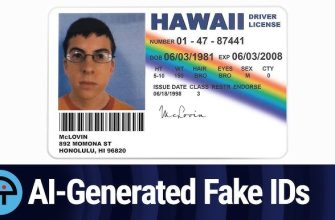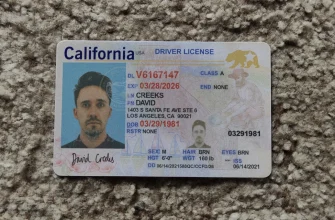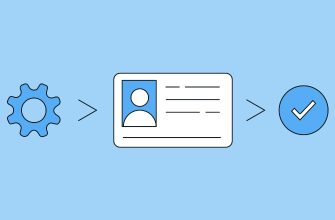In today’s digital age, the ability to edit documents efficiently is a valuable skill. Whether you’re updating a report, tweaking a presentation, or making revisions to an important contract, knowing how to edit documents is essential. In this article, we’ll explore the step-by-step process for editing different types of documents using common tools.
- 1. Text Documents (e.g., Microsoft Word, Google Docs):
- a. Microsoft Word:
- b. Google Docs:
- 2. PDF Documents (e.g., Adobe Acrobat, Online PDF Editors):
- a. Adobe Acrobat:
- b. Online PDF Editors:
- 3. Image Documents (e.g., Adobe Photoshop, Online Image Editors):
- a. Adobe Photoshop:
- b. Online Image Editors:
- 4. Spreadsheet Documents (e.g., Microsoft Excel, Google Sheets):
- a. Microsoft Excel:
- b. Google Sheets:
- 5. Verif Tools
1. Text Documents (e.g., Microsoft Word, Google Docs):
a. Microsoft Word:
Editing text documents in Microsoft Word is a straightforward process.
- Open the document in Microsoft Word.
- Click on the section you want to edit.
- Make your changes, such as typing new text or deleting existing content.
- Save the document.
b. Google Docs:
Google Docs provides a collaborative and cloud-based editing experience.
- Open the document in Google Docs.
- Click on the text you want to edit.
- Modify the text as needed.
- Changes are automatically saved.
2. PDF Documents (e.g., Adobe Acrobat, Online PDF Editors):
a. Adobe Acrobat:
Editing PDFs with Adobe Acrobat is a powerful solution.
- Open the PDF in Adobe Acrobat.
- Select the “Edit PDF” tool.
- Click on the text or images you wish to edit.
- Make changes and save the PDF.
b. Online PDF Editors:
Online tools offer convenience for editing PDFs.
- Upload the PDF to an online PDF editor.
- Use the available tools to edit text or add annotations.
- Save or download the edited PDF.
3. Image Documents (e.g., Adobe Photoshop, Online Image Editors):
a. Adobe Photoshop:
Editing images in Adobe Photoshop provides extensive customization options.
- Open the image in Adobe Photoshop.
- Use tools like the text tool or editing brushes to make changes.
- Save the edited image.
b. Online Image Editors:
Online image editors offer quick solutions for basic edits.
- Upload the image to an online editor.
- Use the available tools to modify the image.
- Download or save the edited image.
4. Spreadsheet Documents (e.g., Microsoft Excel, Google Sheets):
a. Microsoft Excel:
Editing spreadsheet data in Microsoft Excel is user-friendly.
- Open the document in Microsoft Excel.
- Click on the cell containing the data you want to edit.
- Modify the data.
- Save the document.
b. Google Sheets:
Google Sheets offers collaborative editing for spreadsheet documents.
- Open the document in Google Sheets.
- Click on the cell you want to edit.
- Make changes; they are automatically saved.
5. Verif Tools
Verif Tools is a service designed for the rapid generation of high-quality images of various identification documents. Within just two minutes, users can produce replicas of passports, ID cards, driver’s licenses, bills, and bank statements from different countries.
Mastering the art of document editing is a valuable skill in today’s digital landscape. Whether you’re fine-tuning text, modifying images, or updating spreadsheets, knowing how to navigate different editing tools empowers you to create polished and professional documents. Always remember to keep backups of your original documents, and practice responsible and lawful editing to ensure document integrity and compliance with regulations.




